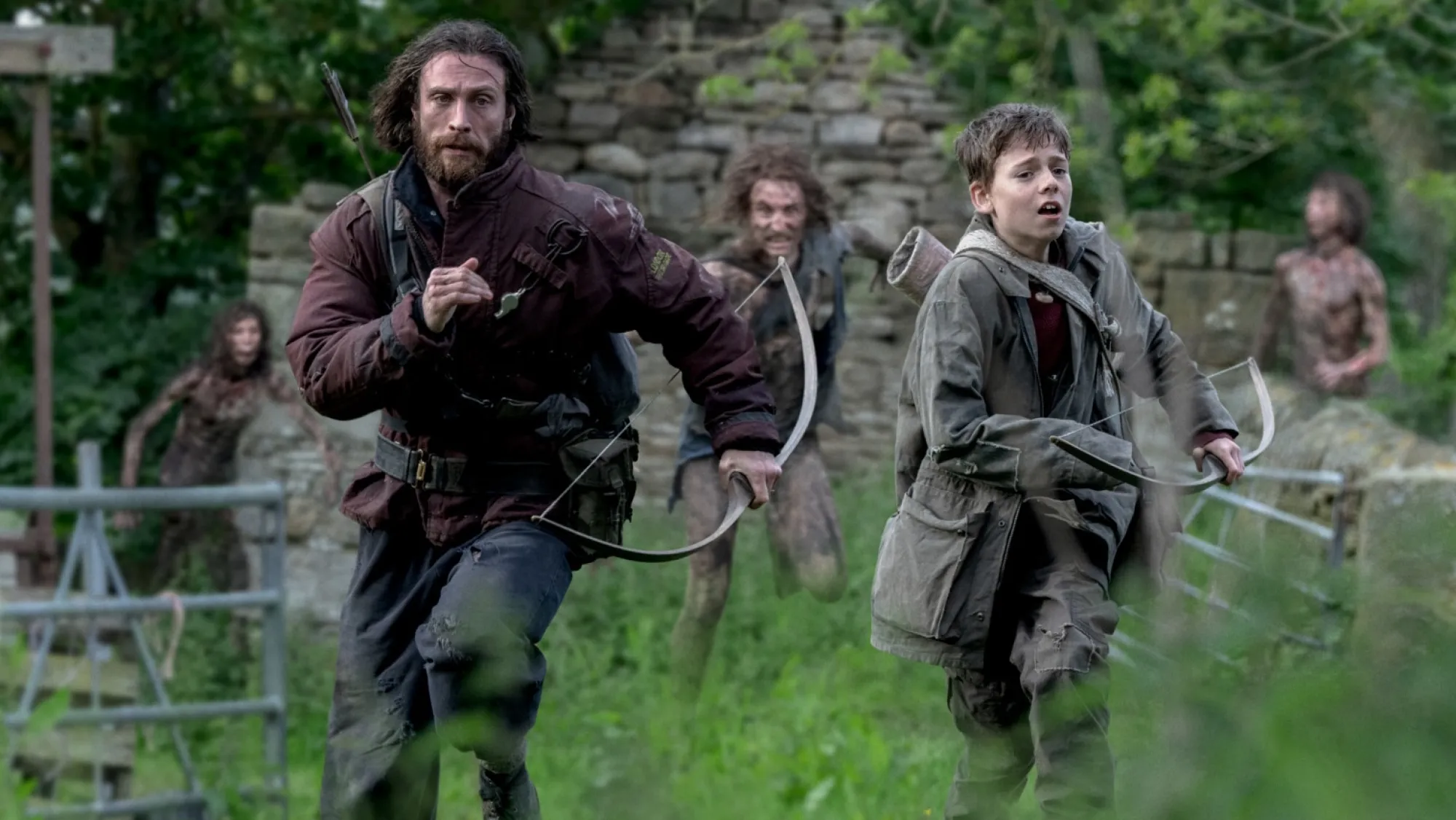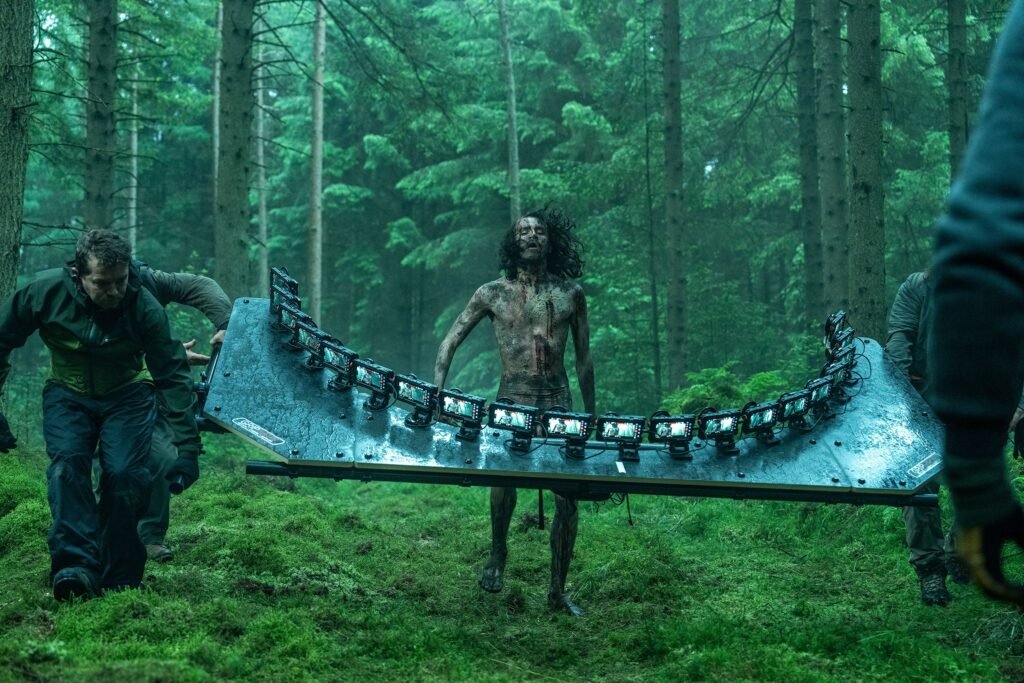
All about movies, games & pop culture
All about movies, games & pop culture

In the realm of post-apocalyptic zombie cinema, 28 Days Later remains unforgettable. With 28 Years Later, Danny Boyle and Alex Garland honor the original while radically expanding the mythos.
The film opens with children watching Teletubbies amid the apocalypse—a haunting clash of innocence and horror. A young boy named Jimmy escapes, framing the story set 28 years later, mirroring Jim’s awakening in the original.
We meet Jamie, Ava, and their son Spike, living isolated on Holy Island—only reachable at low tide. Their solitude becomes both safety and social deprivation. When Spike spots a distant fire, long-held myths unravel.
The film dismantles the myths: of parental invincibility, geographic safety, and inevitable doom. This shattering mirrors humanity’s reliance on comforting narratives during crisis.
28 Years Later moves beyond zombies: it weaves Brexit, the pandemic, and social isolation into its narrative, delivering poignant political allegory tied to UK’s real-world experience.
The mother–son bond anchors the film emotionally. Ralph Fiennes as Dr. Kelson brings unexpected depth, challenging perceptions with his poignant backstory. Alfie Williams captures childhood innocence amid apocalypse.

Boyle’s signature urgency pulses via iPhone 15 Pro cinematography—gritty and immersive. Sound design juxtaposes Teletubbies with chaos; Kipling’s “Boots” underscores universal war themes.
28 Years Later delivers a triumphant reboot—a cerebral, emotive, and politically charged zombie saga. Newcomers and franchise fans alike will find a bold, rewarding cinematic journey.